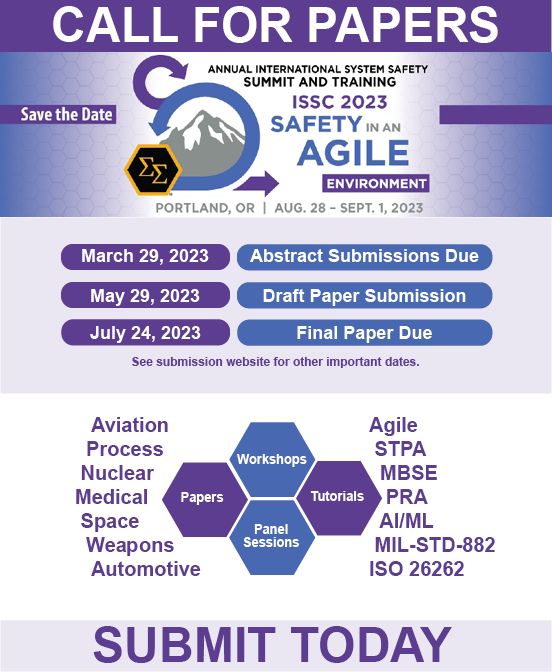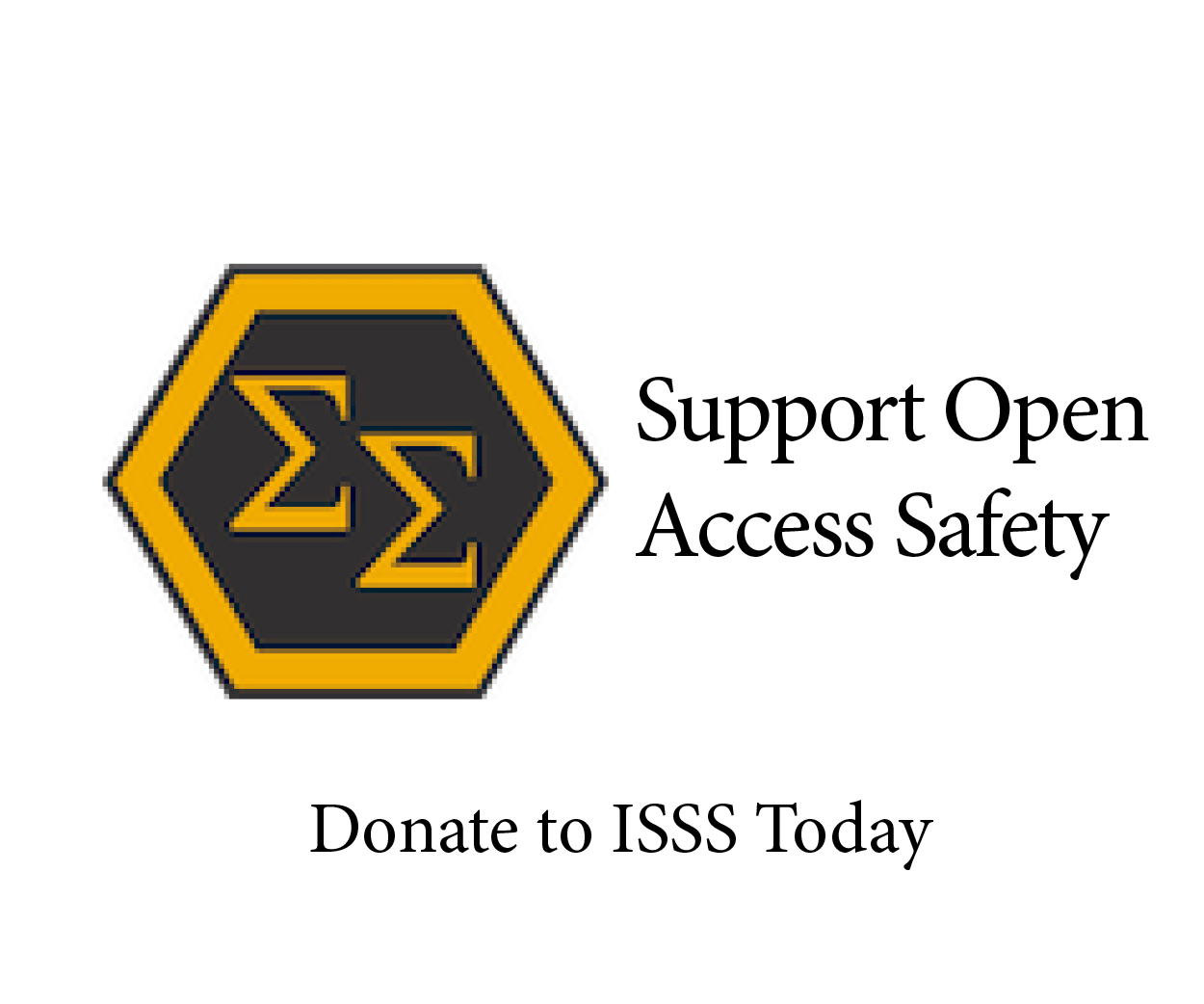System Safety in Healthcare
Software, Technology and Humans — A Safe Team Sport?
DOI:
https://doi.org/10.56094/jss.v51i1.166Keywords:
medical technology, training, hazard analysis, software, adverse patient eventsAbstract
The medical industry is faced with new devices and technology on a regular basis. The multiple goals of these devices and technologies vary, depending on the user’s angle. Ultimately, they hopefully provide the best care for patients in the most efficient way possible, while containing costs and maintaining patient safety. Recent studies have found that rapid implementation of new medical technology — surgical devices, electronic health records, monitoring systems and other tools — can lead to adverse patient events when implementation is not thoughtfully and carefully integrated into the workflow. This integration requires not only a thorough understanding of how the new tools work, but also of how they can be safely integrated into the system — including an analysis of human factors, such as in environments where people interact with these devices repetitively or in high-pressure situations.














